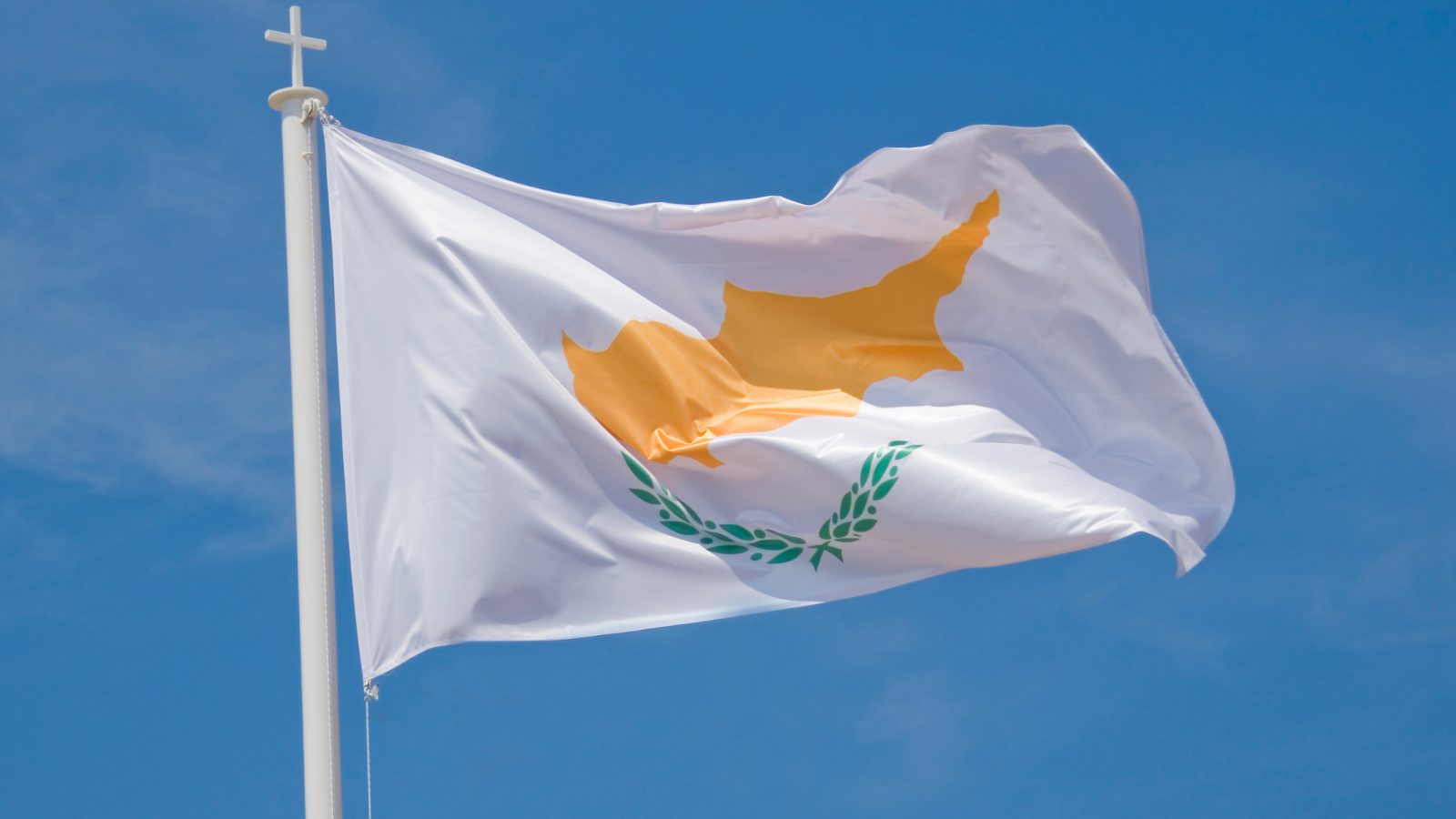Denmark is a country in northern Europe with a southern border with Germany. Jutland Peninsula with the islands of Zealand, Funen, and Bornholm make up this Scandinavian nation. Copenhagen is not only the country’s administrative center, but also its largest metropolis.

Questions often asked about Denmark
Such questions include:
Do you get a stipend while you’re in school in Denmark
To an extent, Students from the EU/EAAA are eligible for a grant to help with their education. A student receives this aid in the form of a monthly stipend while they are enrolled in an educational program.
Where exactly is Denmark found
It is part of Scandinavia, a culturally and geographically cohesive area in northern Europe. Norway, Sweden, and Denmark make up the Scandinavian countries, however, some also include Finland, Iceland, and the Faroe Islands.
It is not part of the Scandinavian peninsula like its neighbors Sweden and Norway. Instead, it is made up of more than 400 islands located to the east of the Jutland peninsula, which separates the North and Baltic seas and is located to the north of Germany.
What language do the locals speak
Danish (or Dansk) is the language spoken by the vast majority of Danes. Written Danish and Norwegian are mutually comprehensible. Danish speakers will need to study the other Scandinavian languages to gain a basic understanding of them, despite their close relationship.
When did Denmark begin exactly
Although people have lived in what is now Denmark since the Neolithic period, it was the Vikings who introduced the Danish to the rest of the world. Denmark, Norway, and Sweden, and beginning in the 10th century, Iceland, were home to the people who came to be known as the Vikings. Despite popular misconceptions, Vikings weren’t just ruthless raiders.
When exactly did Germany invade Denmark
Germany had invaded Denmark on multiple occasions. Denmark’s southern neighbor, Germany, was much larger and more powerful than it was throughout the Middle Ages, and the country’s fear of invasion was a constant. War with the Hanseatic League, an alliance of powerful, primarily north German commerce towns, plagued Denmark from 1361 to 1370.
The King of Denmark took a side in the Thirty Years’ War (1618-48), intervening on the side of the Protestants. As a result, German Catholics occupied Jutland.
The Second World War saw the final and most well-known invasion. After Germany’s expansionist actions, notably, its invasion of Czechoslovakia, made its neighbors nervous, Hitler offered a nonaggression pact in June 1939. After the German invasion of Poland, Denmark and the other Nordic countries declared neutrality, leaving only it as a neighbor to accept. Around 50,000 Danes formed the Danish Resistance and began committing armed acts of sabotage in 1943. In the summer of 1943, the German occupation was the direct target of a series of attacks. The strikers couldn’t be prosecuted since the Danish government wouldn’t allow the death sentence to be introduced for sabotage. Thus, Germany declared an emergency and assumed command. The Danish government put up only little opposition as German forces invaded on April 9, 1940. Even though the Danish government was under pressure from the Nazis, it was still technically independent.
Why is Denmark so well-known
Hans Christian Andersen (1805-1875) was a Danish author who became a worldwide phenomenon. Anderson is credited with creating many classic fairy tales, including The Little Mermaid, The Snow Queen, and The Emperor Wears No Clothes. His influence on global culture is recognized and acknowledged today. A statue of The Little Mermaid may be found on a rock in Copenhagen’s harbor, and one of the city’s widest and busiest boulevards is named after him. There are prerequisites you must meet to be eligible.
How much does it cost to live each month as a student
As a student, your primary cost of living will be the rent. The cost of lodging varies widely based on a number of factors, including the location, the neighborhood, and the type of lodging (a dorm, a private apartment, etc.) sought. For instance, compared to Aarhus, Odense, and Aalborg, rent in Copenhagen is more expensive.
Rents in smaller Danish cities and the suburbs of larger ones tend to be significantly cheaper. Remember that this will result in higher transportation costs if you need to get to school or the city.
You may also find these articles helpful
Getting an employment visa: Work permit in Finland
Preparing for the immigration interview in Finland


